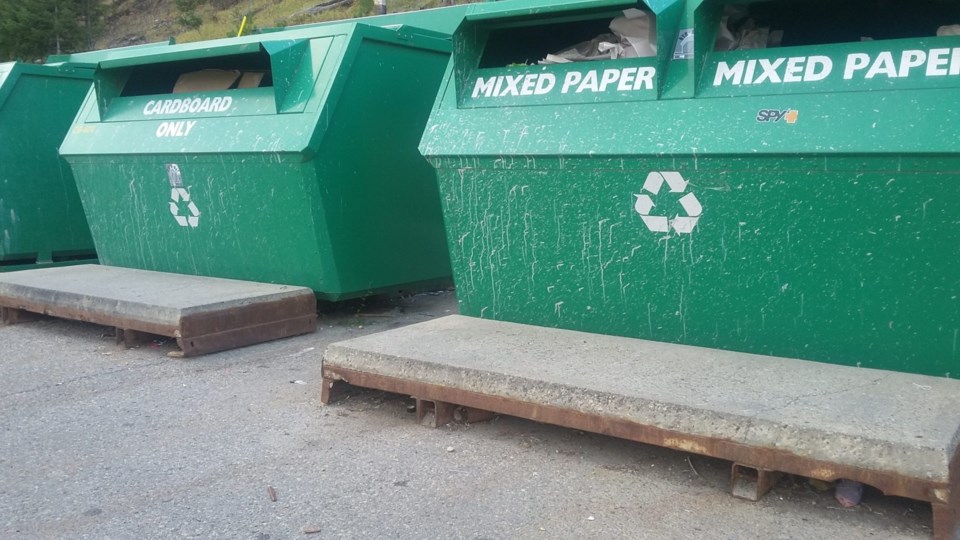JASPER – Municipal council voted on Tuesday (July 8) to implement a $5 discount for all residential recycling customers in recognition of savings realized through the Extended Producer Responsibility (EPR) program.
The EPR framework in Alberta, which was fully implemented on April 1, shifts the financial responsibility for recycling from municipalities and taxpayers to the producers of materials and packaging.
As part of the rollout, the Municipality of Jasper entered into an 18-month agreement with Circular Materials, which provides the municipality with a cost-recovery revenue of $8,500 per month.
“This is a significant benefit that directly reduces the municipality’s financial responsibility,” said Courtney Donaldson, director of operations and utilities, at a June 25 meeting. “These funds were not included in the 2025 operating budget and therefore present an immediate opportunity to return value directly to residents without impacting existing services or requiring budget reallocations.”
The $5 discount per billing period, every two months, will last until Oct. 1, 2026. This adjusts the fee to $34.57 per billing period for 2025.
Mayor Richard Ireland asked at the June 25 meeting if there was a better way to invest the $8,500 besides providing a discount.
Donaldson noted the municipality was already retaining a portion of the EPR discount for operational needs, and the municipality was working towards voluntary service agreements with out-of-boundary commercial clients, which will provide further revenue.
“For the particular notion of this, I think it is important that we do redistribute some cost savings to the residential consumer base,” she said. “Other municipalities, it’s been a bit of a 50/50 split.”
Utility capital funding request
Council approved allocating $305,000 from the utility capital reserve for repairs to water production pump two and the water treatment plant entrance slab.
Administration reported that pump two failed in January, which placed the entire burden of water supply on the two remaining pumps, “creating operational risk and vulnerability to system failure.”
“The replacement of pump two is critical to prevent service disruption and maintain regulatory compliance for water production and treatment,” administration’s report stated.
Replacing this pump cost $235,000, and administration expects the pump will be up and running by mid-July.
Separately, structural failure was identified in the plant’s entrance slab, which supports access to control and chlorine rooms and houses critical power and communication lines.
While this was identified back in September, administration stated it progressively worsened to where an imminent repair was needed, and action was taken. The total projected cost of this repair is $70,000.
Because neither repair was included in the 2025 capital budget, utilizing reserve funding was the only option. However, Donaldson said on June 25 they may apply for Disaster Recovery Program funding, since administration believed there could be some association with the wildfire and its impact.
Other highlights
Council later approved the Climate Adaptation Action Plan as presented. The plan outlines 28 key actions meant to help the municipality become more resilient to climate hazards and better prepare for climate risks.
It also received the Wildfire Recovery Needs Assessment Report for information and direct administration to incorporate the findings in future work planning. In addition, it adopted the Wildfire Recovery Strategic Priorities as presented for planning purposes.




